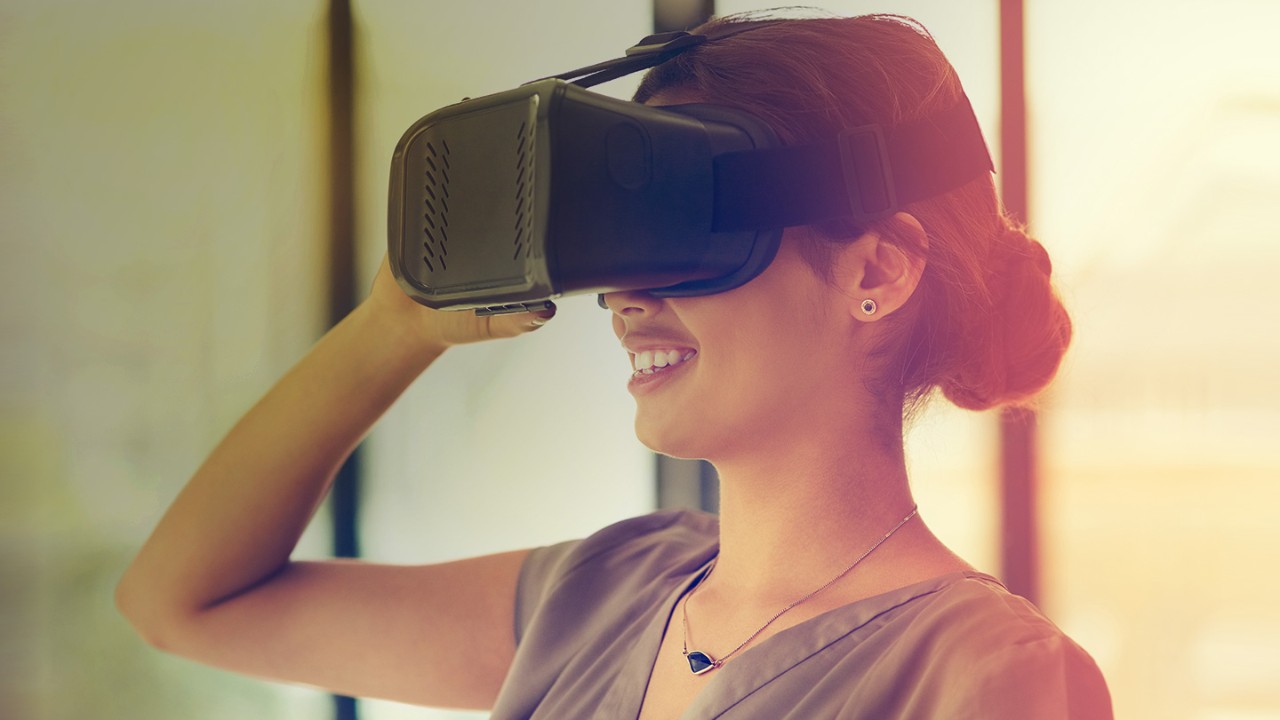Until recently, the reality of virtual reality (VR) was kind of disappointing. Popular depictions like The Matrix and Star Trek’s Holodeck stoked the imagination with simulations that were discernible from the real world only by the fact that real-world rules didn’t apply—anything was possible. The actual technology paled by comparison. Cost-prohibitive equipment, unconvincing graphics, clumsy and limited interactivity, and the fact that it nauseated many users added up to limit VR’s appeal.
But recent developments have lessened the gap between the VR of sci-fi and the actual technology, and rapid advances in artificial intelligence (AI) and machine learning (ML) promise to close it even further. New headsets like the HTC VIVE and the Oculus Rift are widely affordable, and increasingly powerful processors have enabled more convincingly rendered worlds with faster frame rates that reduce motion sickness. This has made VR more popular among consumers, and dramatically increased its utility for education and training.

